SpaceX's Interplanetary Transport System for Mars Colonization in Images
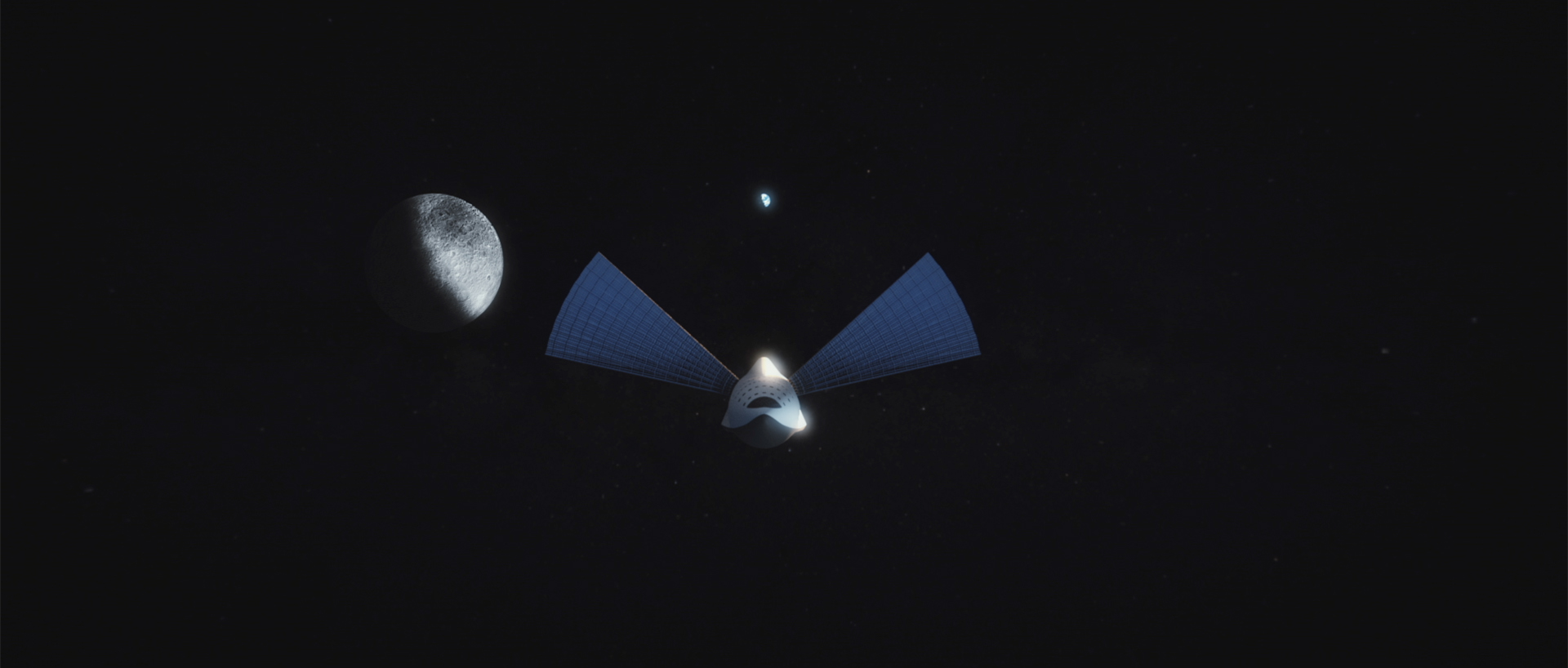
Meet SpaceX's Interplanetary Ship
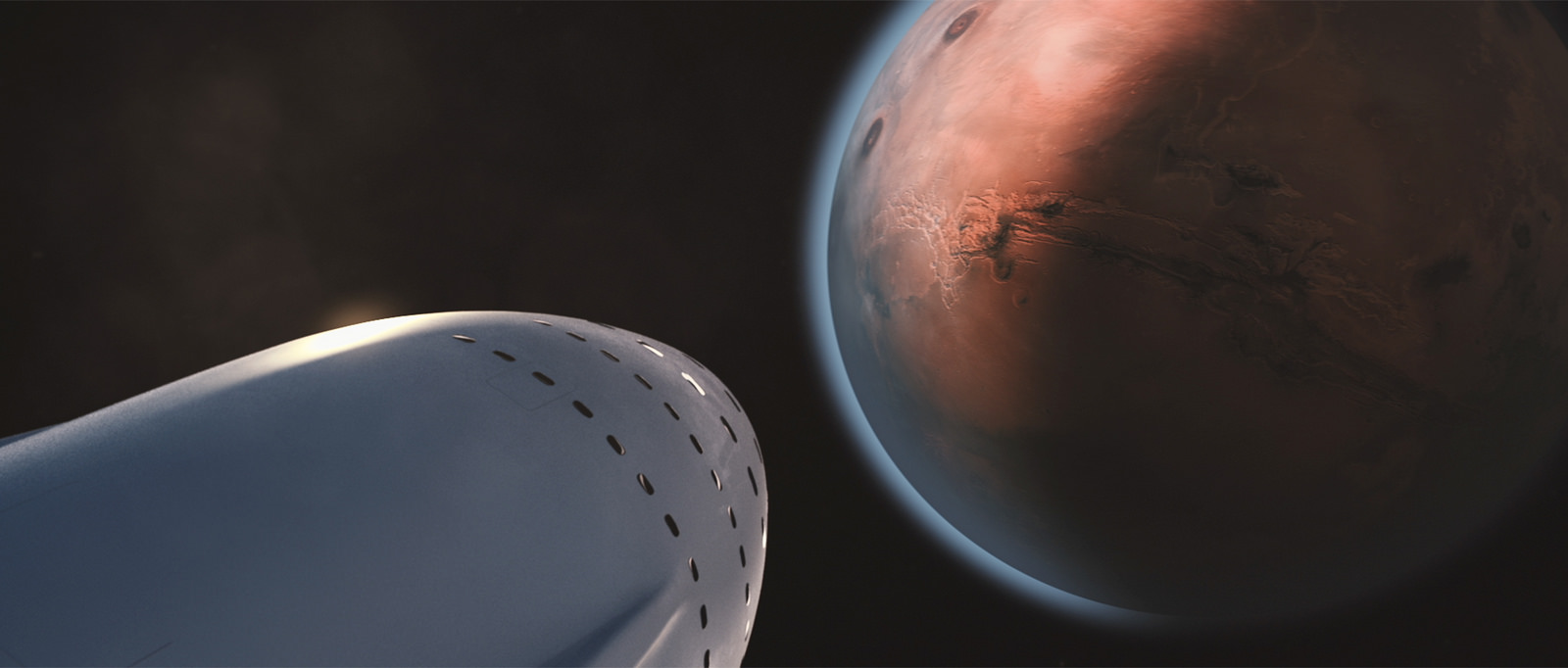
SpaceX CEO Elon Musk unveiled the company's Interplanetary Transport System for Mars colonization and beyond on Sept. 27, 2016 at International Astronautical Congress in Guadalajara, Mexico. You can read our full story here. See how it works in images.
SpaceX Interplanetary Transport System Preparing for Launch
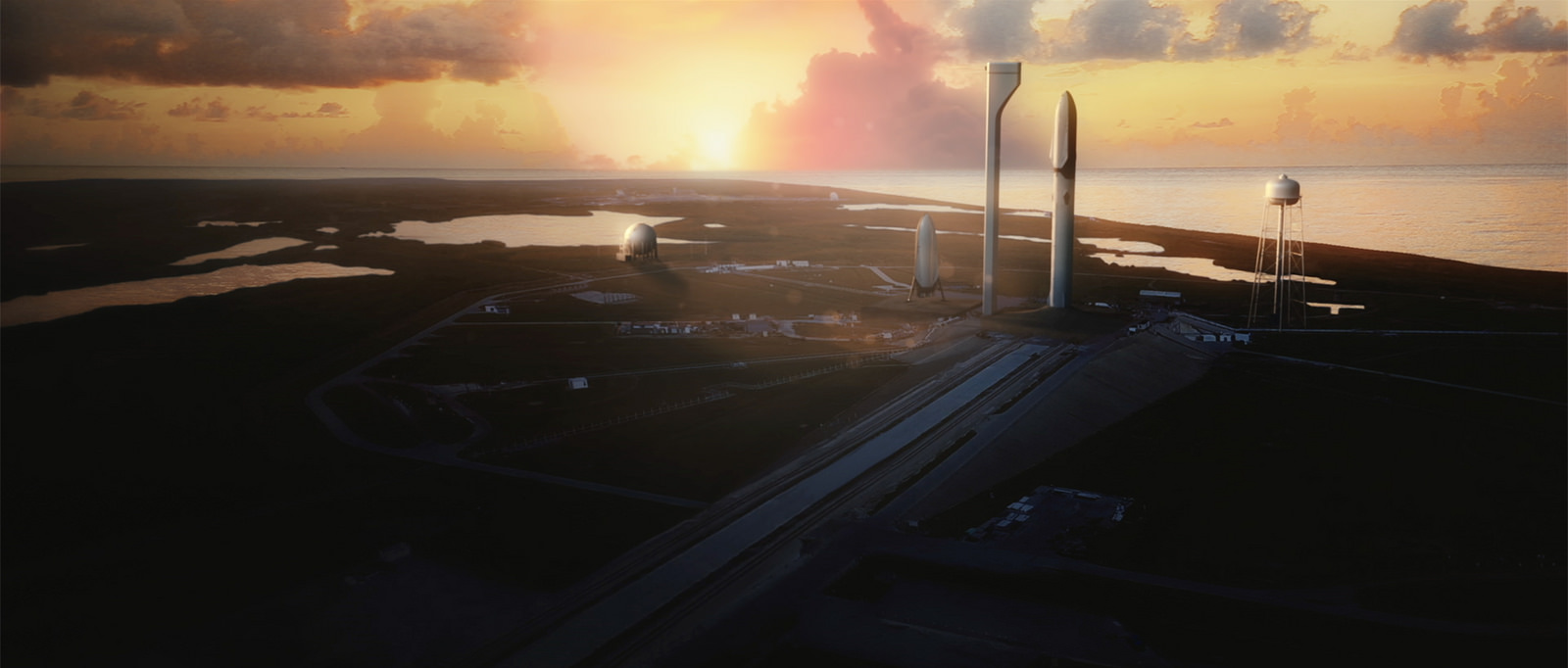
The Interplanetary Transport System will launch from Cape Canaveral, Florida. The entire system stands 400 feet (122 meters) tall. An uncrewed test mission could launch as early as 2018. You can read our full story here.
Beginning the Human Journey to Mars

Mars-bound passengers board a space capsule atop SpaceX's newly unveiled Interplanetary Transport System (ITS). You can read our full story here.
SpaceX Interplanetary Transport System Mission
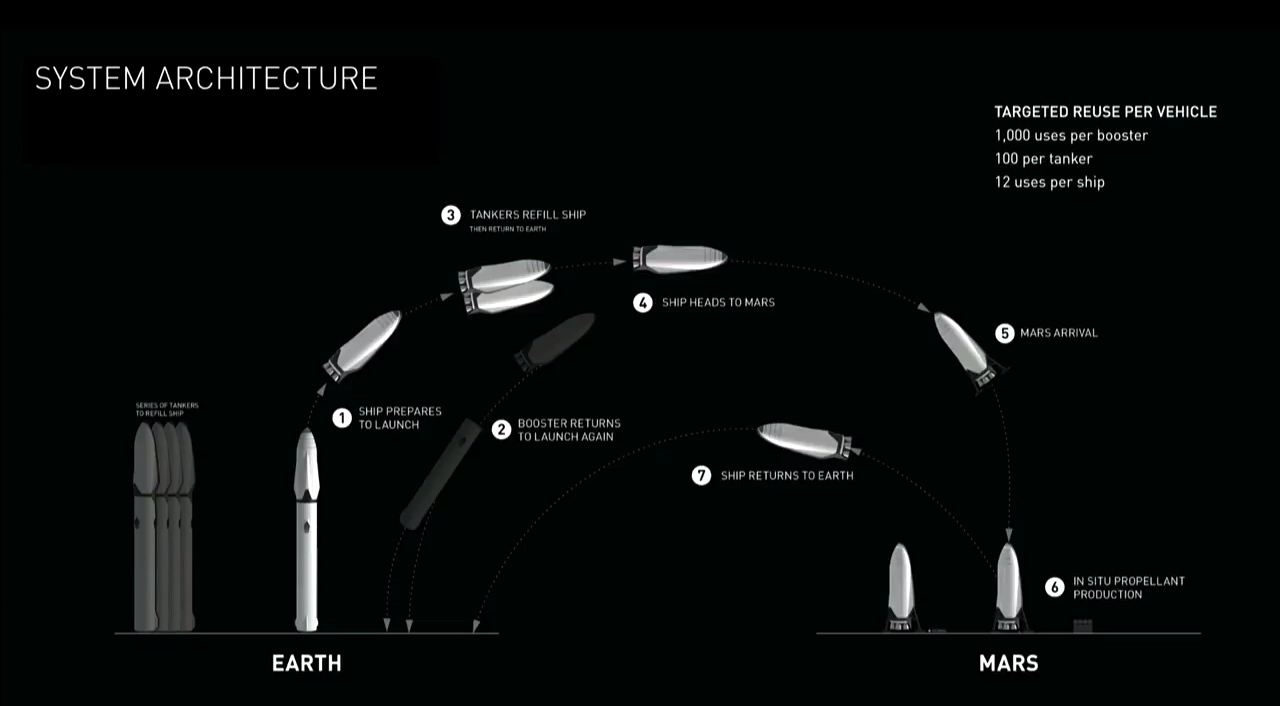
This SpaceX graphic depicts the mission profile for the company's Interplanetary Transport System, a colony ship to fly 100 people to Mars at a time. You can read our full story here.
SpaceX Interplanetary Transport System Size Comparison
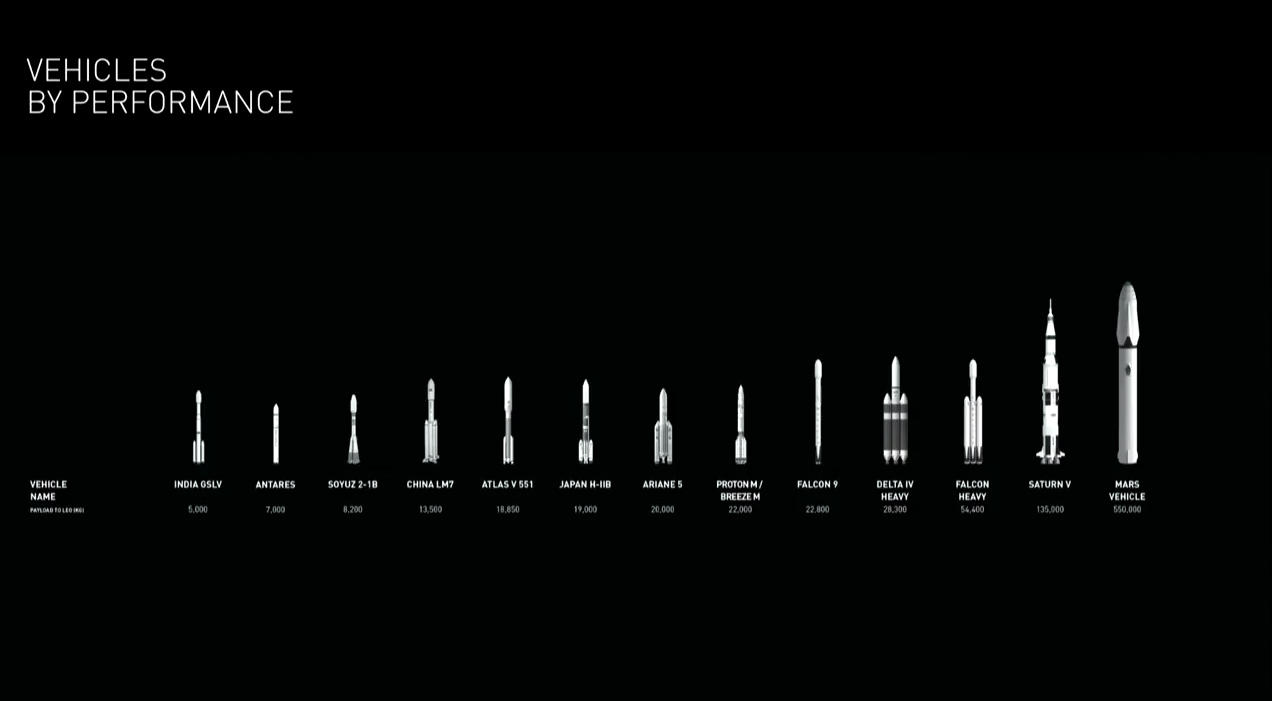
This SpaceX illustration shows how the private spaceflight company's giant rocket and ship for interplanetary spaceflight compares in size to other rockets. You can read our full story here.
SpaceX Interplanetary Transport System vs. Saturn V
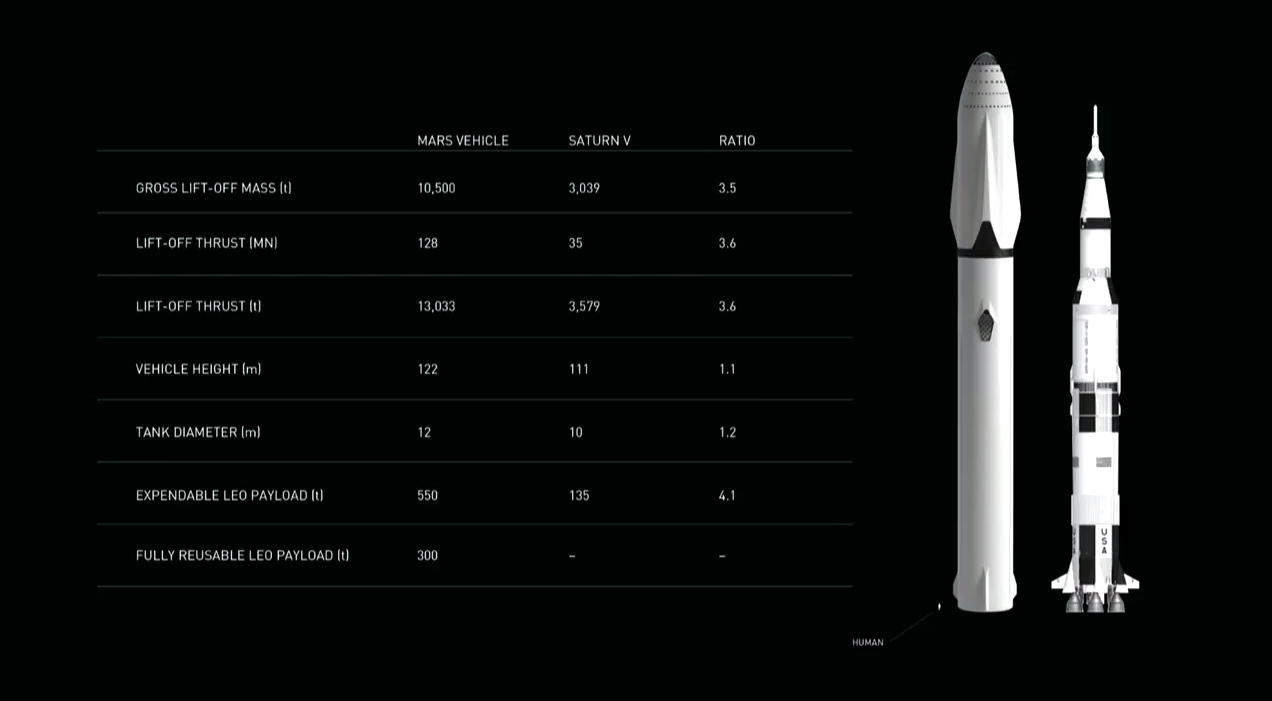
This SpaceX graphic shows how the capabilities of the company's Interplanetary Transport for Mars stacks up to NASA's massive Saturn V moon rocket. You can read our full story here.
SpaceX Interplanetary Transport System Size
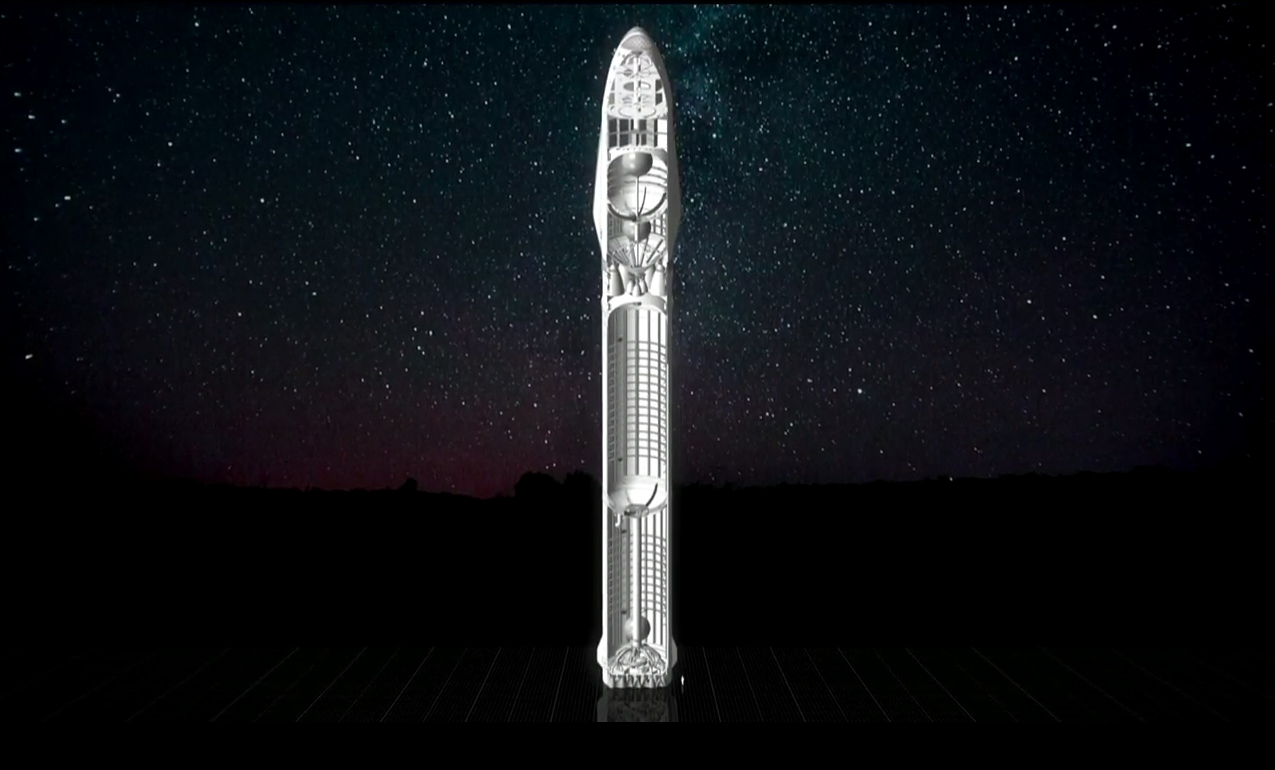
This SpaceX graphic gives a sense of size for the company's planned Interplanetary Transport System for Mars flights. The tiny white speck at bottom right represents a person. You can read our full story here.
Get the Space.com Newsletter
Breaking space news, the latest updates on rocket launches, skywatching events and more!
SpaceX Booster for Interplanetary Transport System
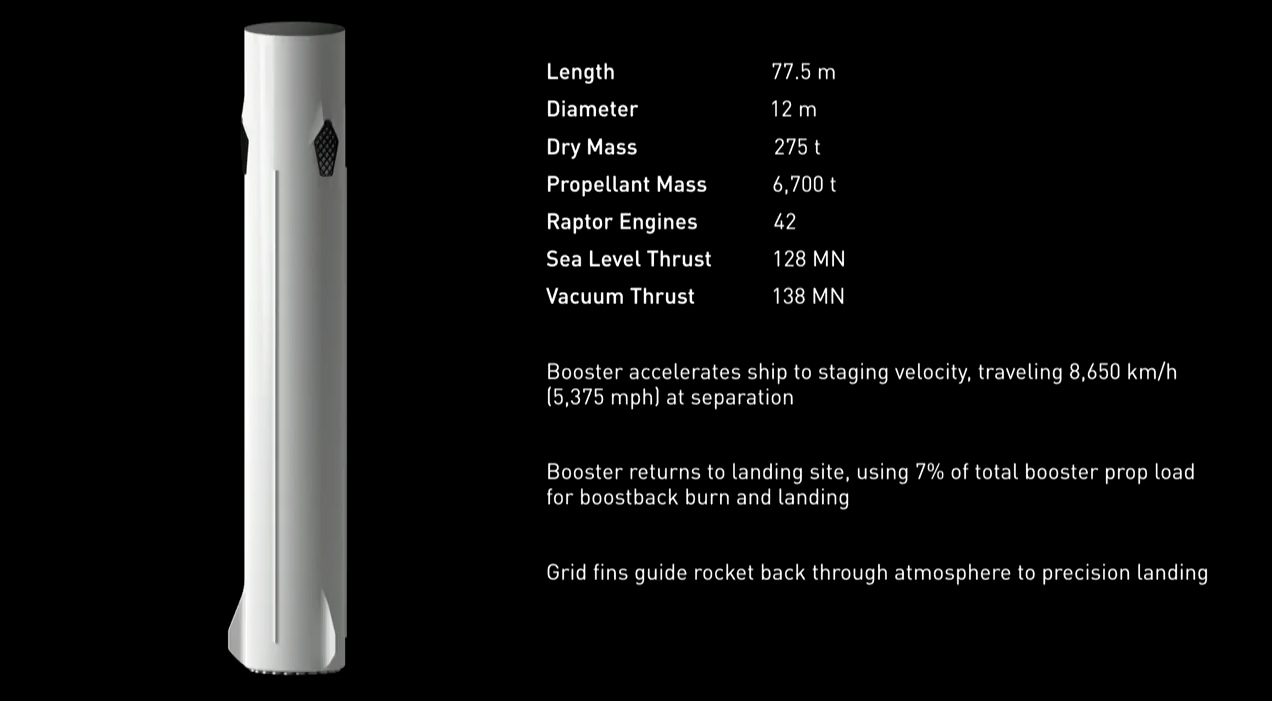
A closeup look at the first-stage booster for SpaceX's planned Interplanetary Transport System, a colony ship for Mars exploration and beyond. You can read our full story here.
SpaceX Raptor Engine
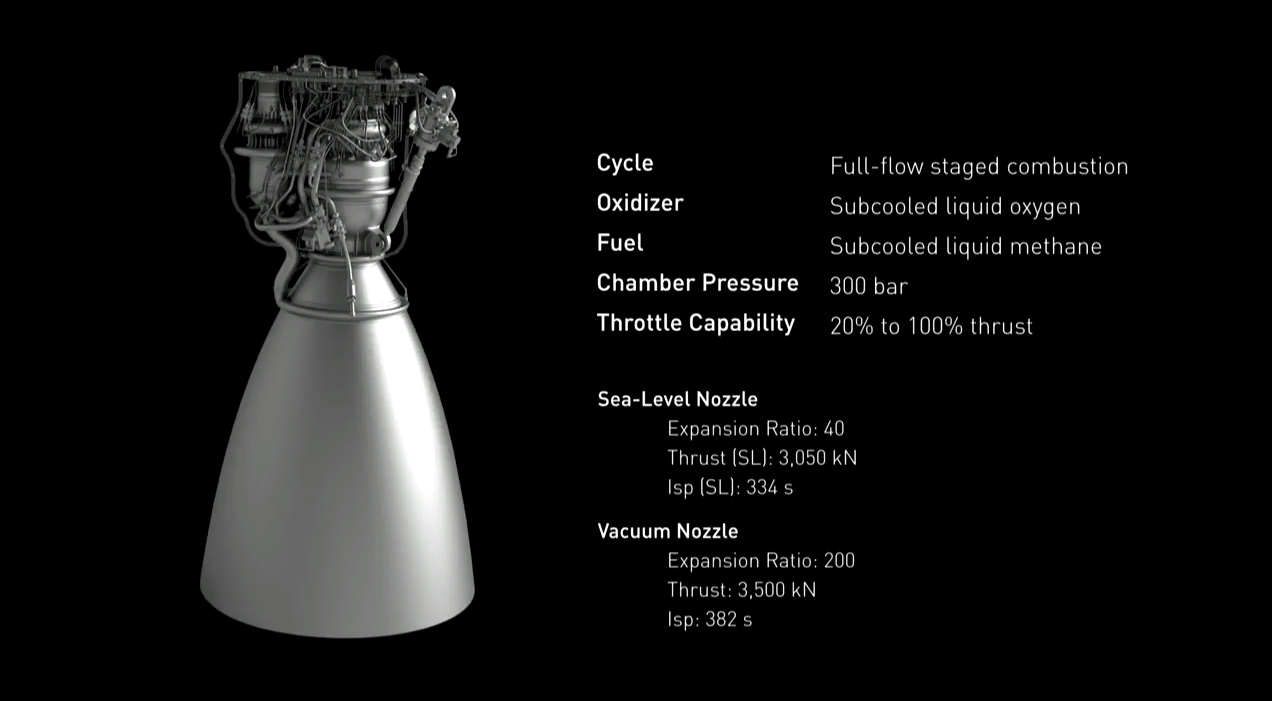
A look at SpaceX's Raptor rocket engine. Forty-two Raptor engines will be used to launch the first-stage booster for SpaceX's Interplanetary Transport System. You can read our full story here.
SpaceX Interplanetary Transport System Ship and Booster

This SpaceX cutaway graphic shows a look at how the company's planned Interplanetary Transport System booster (left) and spaceship would look once combined for a trek to Mars. You can read our full story here.
Lifting Off
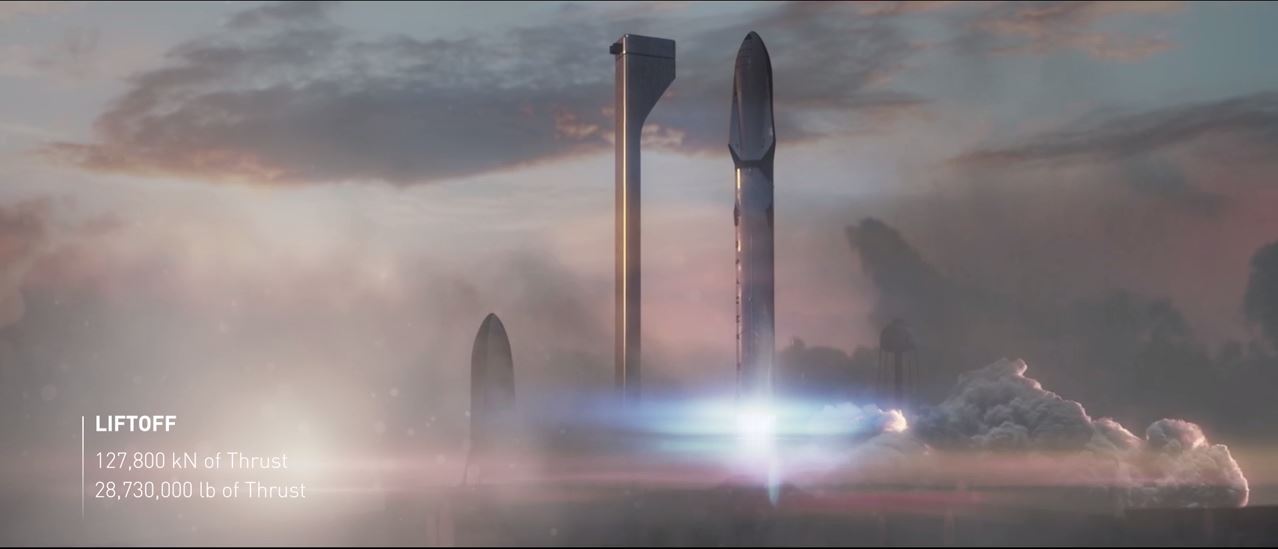
At liftoff, the ITS rocket booster will produce up to 128 meganewtons (28.8 million lbs.) of thrust.
Join our Space Forums to keep talking space on the latest missions, night sky and more! And if you have a news tip, correction or comment, let us know at: community@space.com.

Hanneke Weitering is a multimedia journalist in the Pacific Northwest reporting on the future of aviation at FutureFlight.aero and Aviation International News and was previously the Editor for Spaceflight and Astronomy news here at Space.com. As an editor with over 10 years of experience in science journalism she has previously written for Scholastic Classroom Magazines, MedPage Today and The Joint Institute for Computational Sciences at Oak Ridge National Laboratory. After studying physics at the University of Tennessee in her hometown of Knoxville, she earned her graduate degree in Science, Health and Environmental Reporting (SHERP) from New York University. Hanneke joined the Space.com team in 2016 as a staff writer and producer, covering topics including spaceflight and astronomy. She currently lives in Seattle, home of the Space Needle, with her cat and two snakes. In her spare time, Hanneke enjoys exploring the Rocky Mountains, basking in nature and looking for dark skies to gaze at the cosmos.









